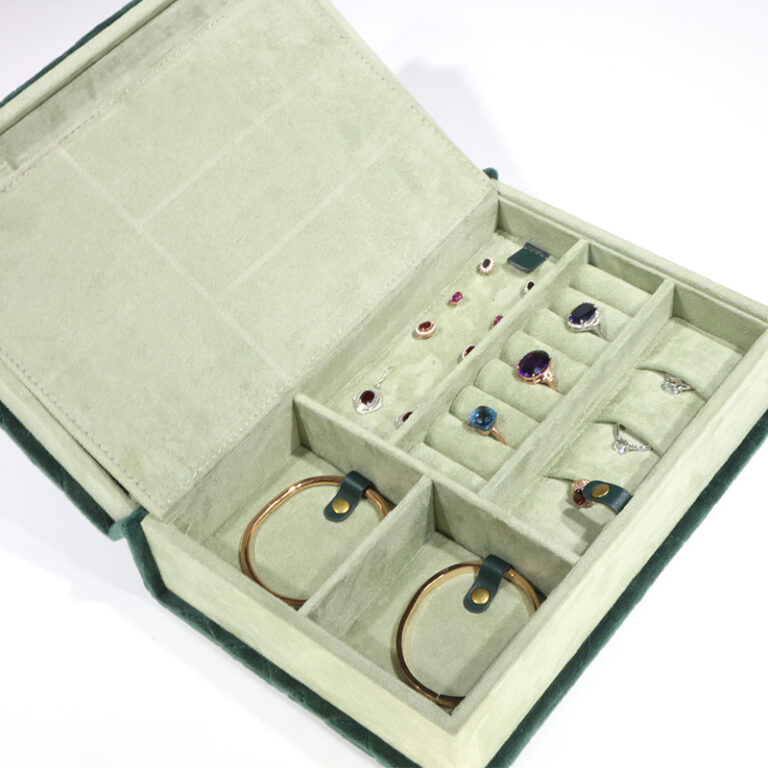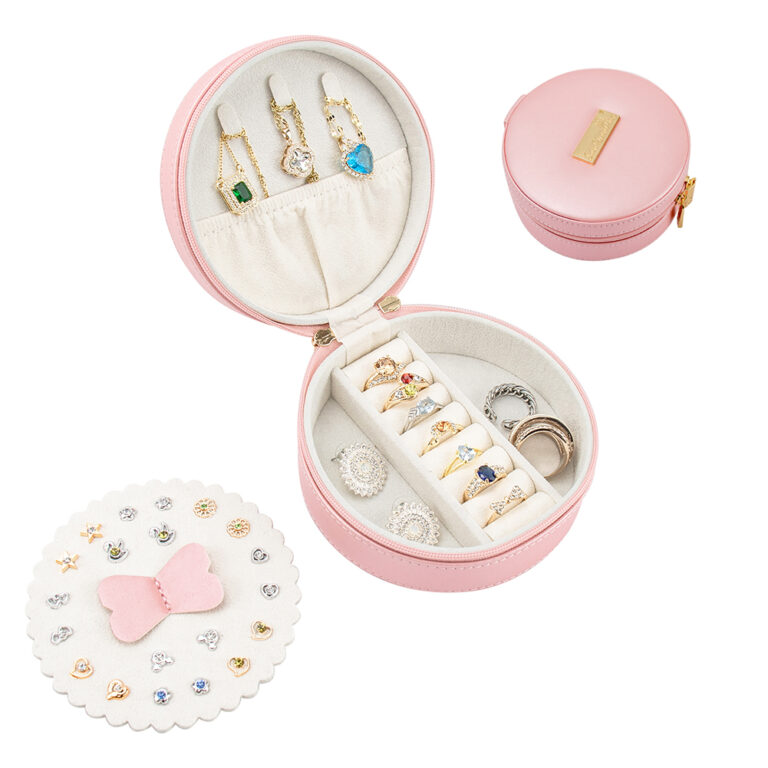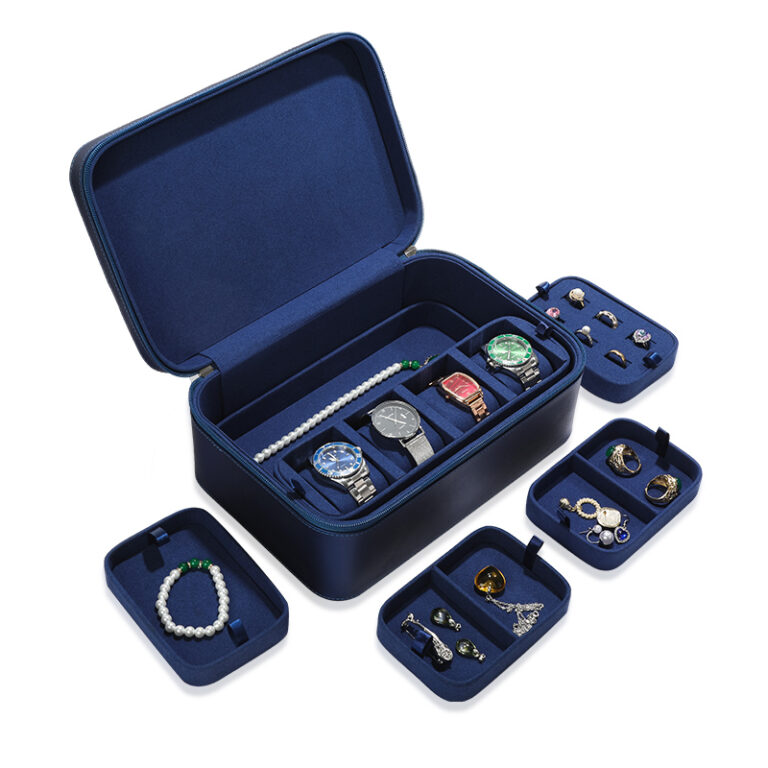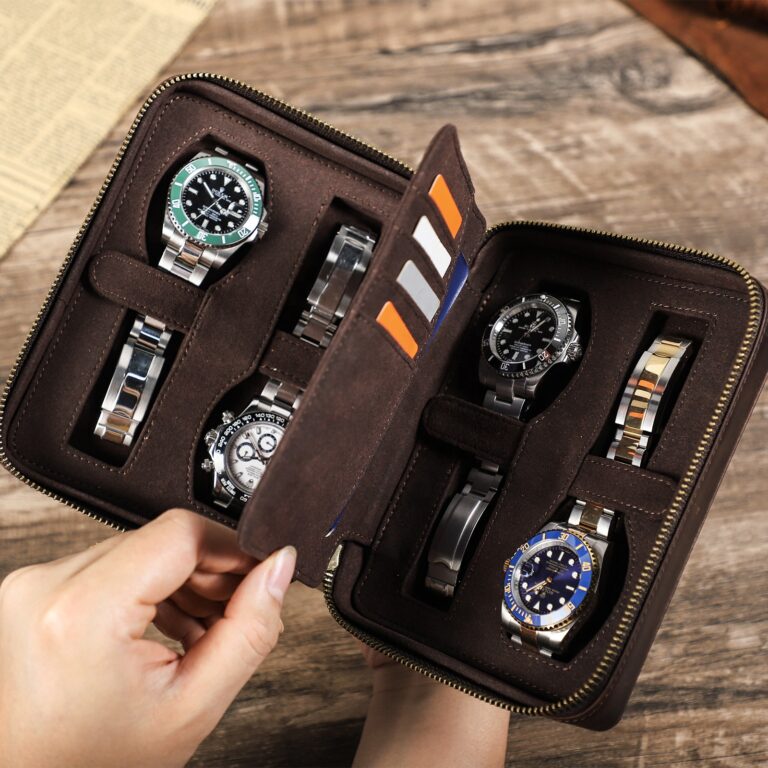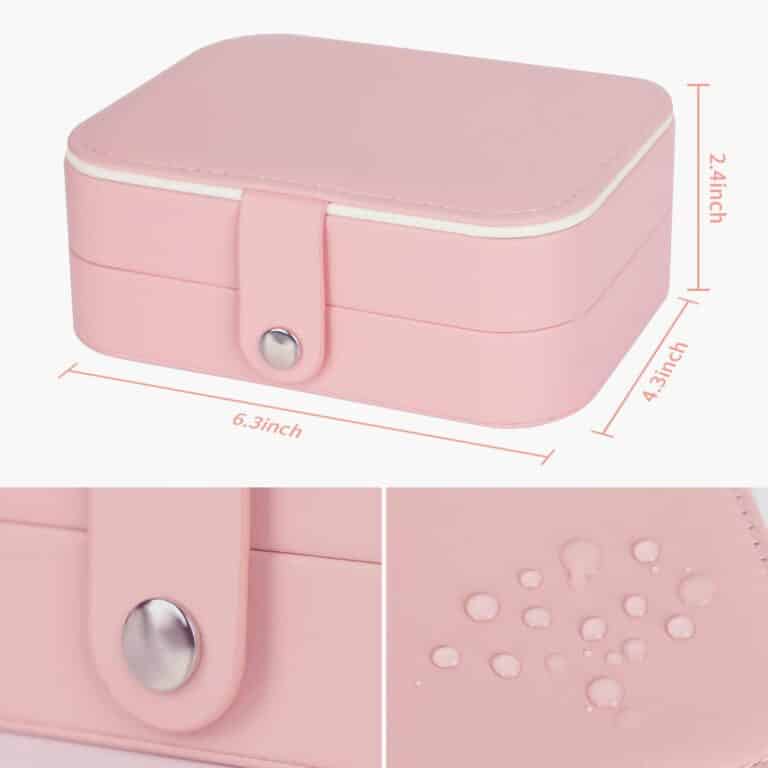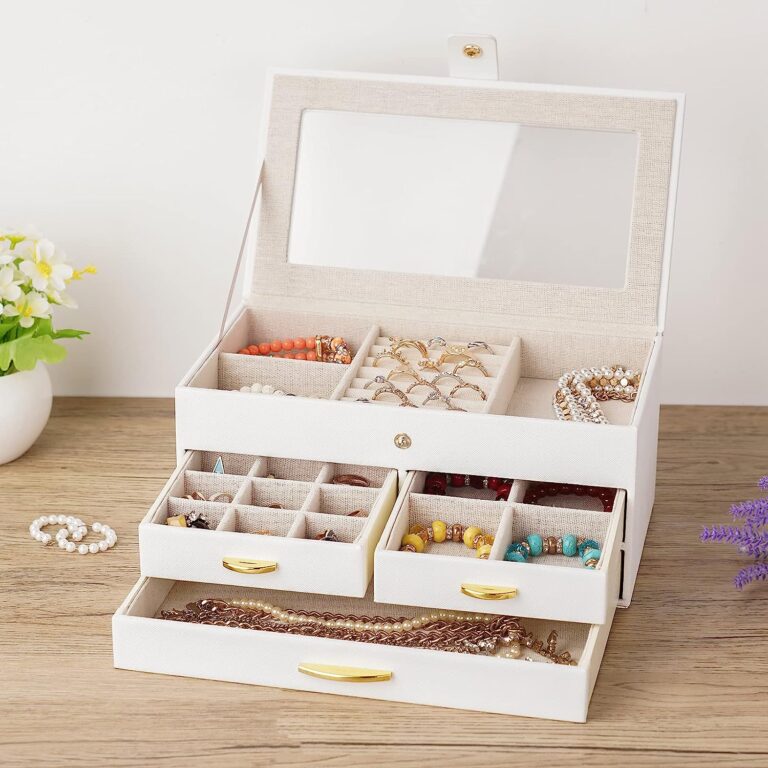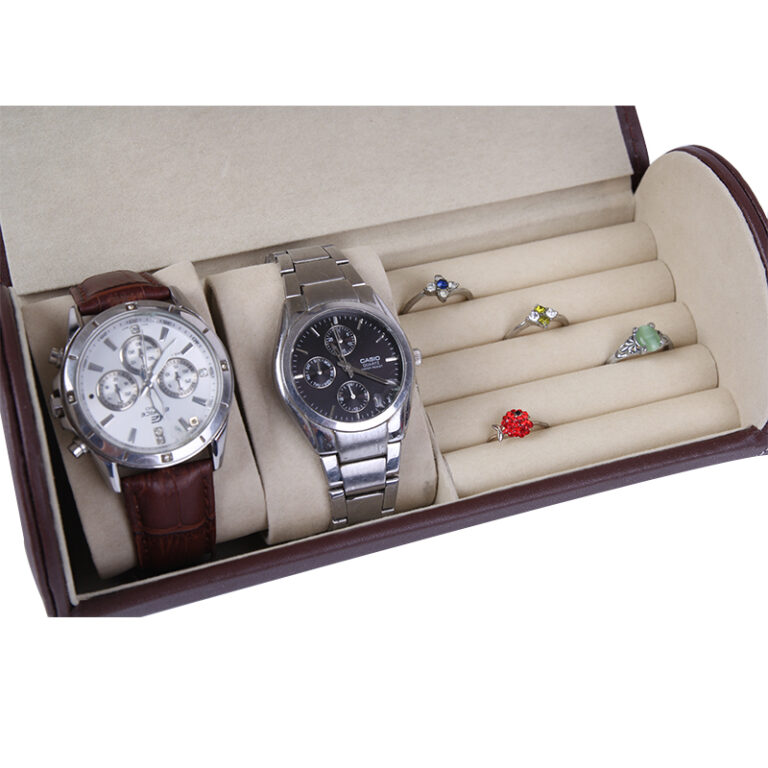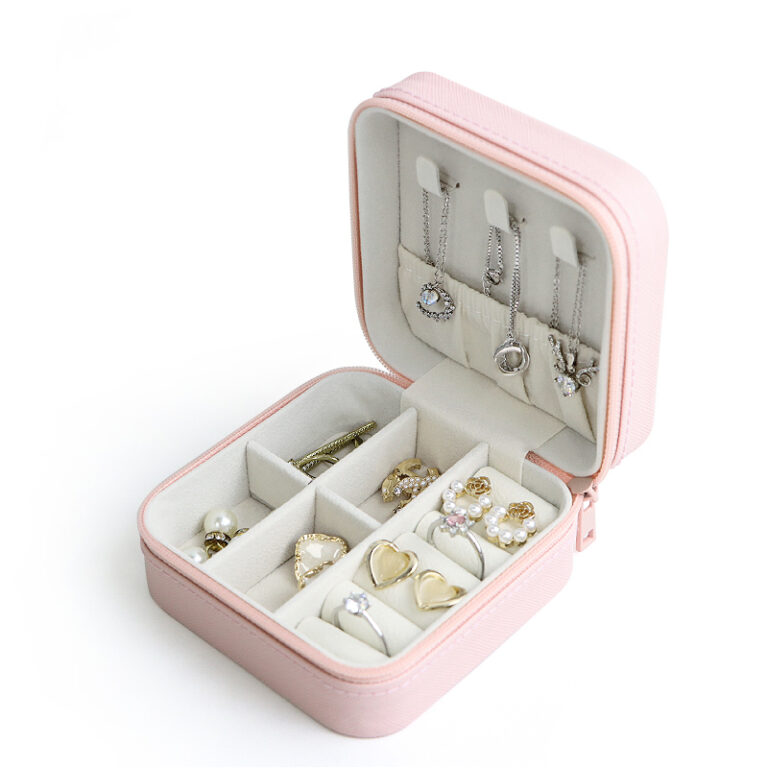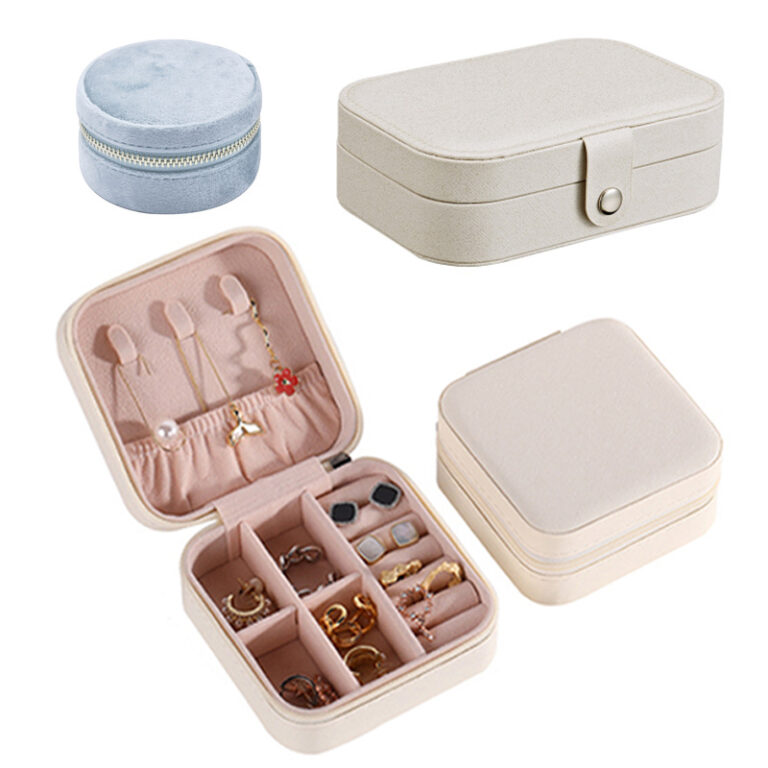What should be considered during the customization process?
There are many problems and tricks in the process of customizing diamond rings, and many things are also worth savoring carefully.
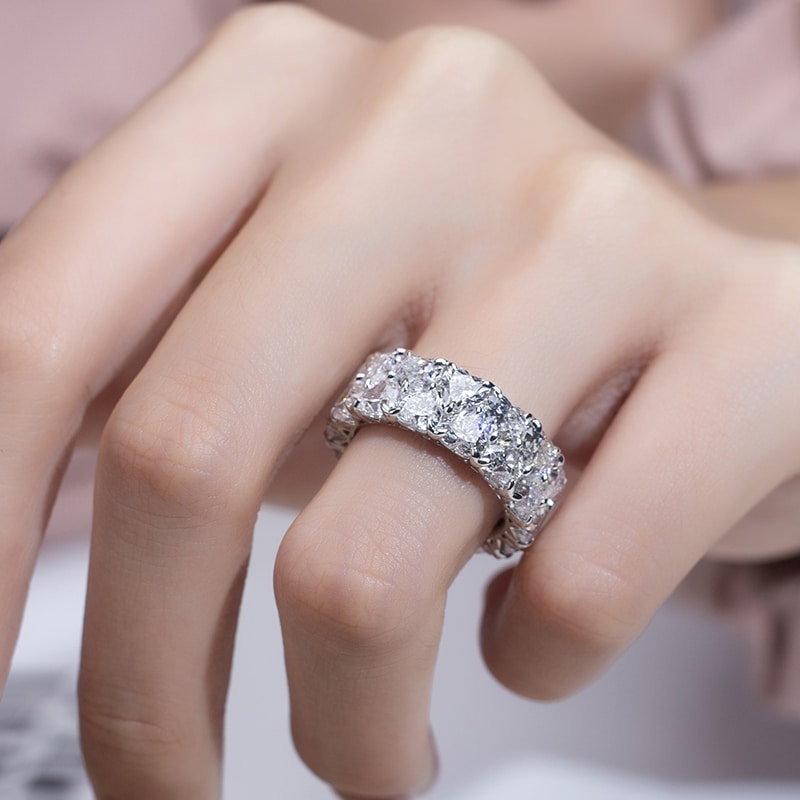
1. Customization time issue.
Some jewelers promise to ship within a week. If it is not a stock order, but rather a normal start production, this time is very, very tight, unless the factory is a small workshop and there is no guarantee of process quality. If the style is provided by the merchant himself, most of it does not require a minimum version, and it can be reduced in some time, but it cannot be completed in a few days. Of course, there is a special situation where the merchant provides a stock palette that is already finished and just needs to be embedded. This customization time is very fast. When customizing, we need to have a clear understanding of the situation.
2. Merchants themselves are not involved in the production of ring guards.
There is a misconception here that some netizens may think that the customization is done by the merchant, but this is not the case. Merchants do not know how to make their own products, nor do they understand the production process. The actual production is done by factories, and specialized large factories are responsible for inlaying, and they are not responsible for purchasing diamonds.
3. The specific information can only be determined after the design drawings are drawn.
Many netizens ask questions such as how much the ring deposit weighs and how large the broken diamonds are used for group inlay styles when customizing. In fact, these are all unknown until the computer design drawings are confirmed. The gold weight of the ring holder has to be roughly determined based on the size of the diamond and the customer’s ring number, and during the polishing process it is human intervention, so the weight cannot be determined, only an approximate value. The same applies to broken diamonds, which must be adjusted based on the size of the diamond.
4. The whole communication process is also a learning process.
By chatting, we can determine for ourselves if the dealer is a professional. Some dealers may not be able to explain themselves clearly or may feel that they do not understand. It is recommended not to choose such a merchant as it is unreliable.
5. Physical store customization is not really customization.
We can now see more and more physical stores customizing, but such stores are not very different from other jewelry stores. You only communicate with the salesperson in the store, it’s hard to tell if they are professionals, and the people who buy the diamonds are definitely not the ones who communicate with you. To put it bluntly, the salesperson in the store is just a guide who is responsible for communicating and placing orders. There is another person who actually buys diamonds, and whether all the requirements you put forward during the communication process can be effectively implemented is a question mark. And physical stores will definitely require rent, which will inevitably increase the cost, and the wool will definitely come out of the sheep.The cost of such a large customized store is huge.
6. Diamond ring customization should not only focus on 4C.
Although we must have a GIA certificate when buying diamond rings, which is the most basic guarantee, there are still many information that is not displayed on the GIA certificate, such as whether the package is black, the location and ratio of the package, milk coffee green, and whether the certificate is set. Diamonds of the same grade have different prices, and the reasons for these differences need to be carefully considered by everyone. Don’t just look at the 4c and the price.
7. The customization time should be as early as possible, and do not get stuck with customization.
In case of delays in shipping, certificates, express delivery, and other reasons that may cause unnecessary trouble, it is also important to be prepared.

